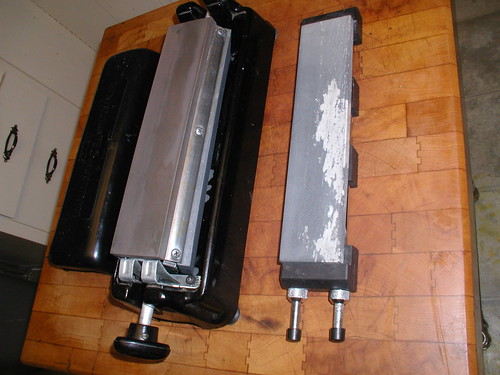ModRQC
Just shutup n' grabbit!
In my experience, a vast majority of users go for maximum force applied, while diamonds don't react to this very well in general, plates in particular (and these are the most common ones).
Ok so the common sense applied but I wasn’t all that sure and still appreciate the extra details. Thanks!











